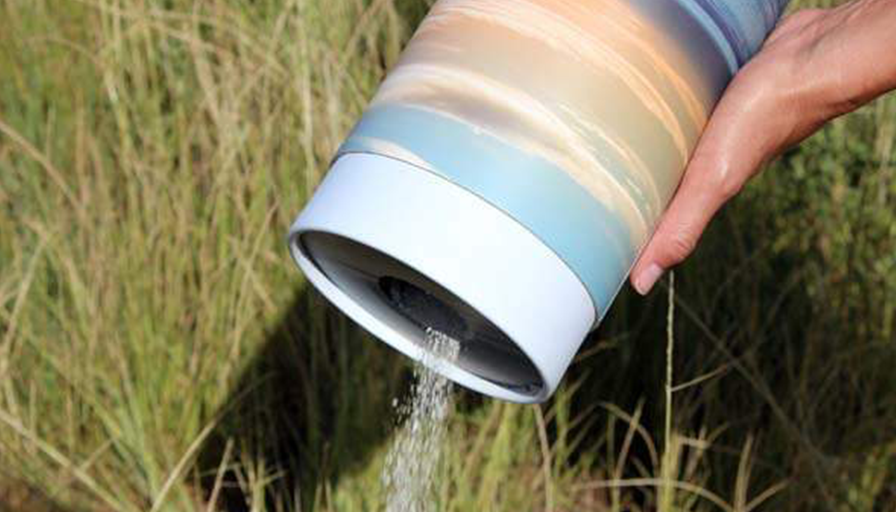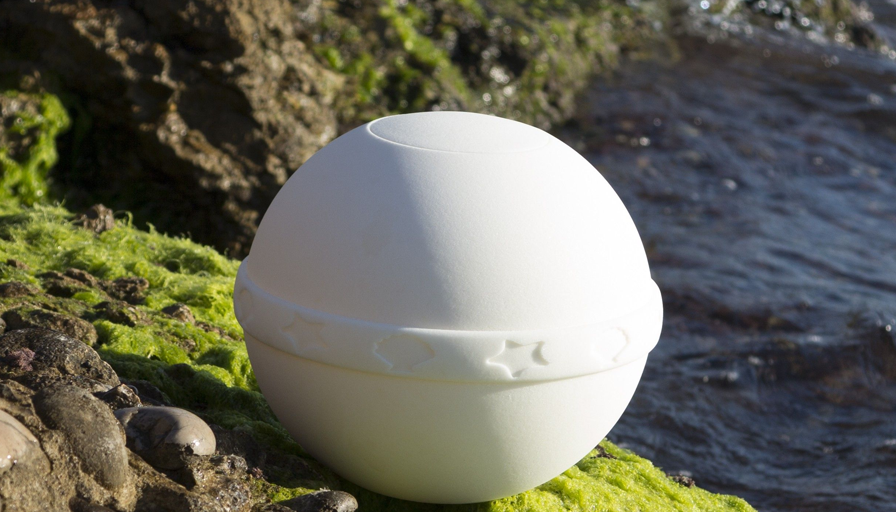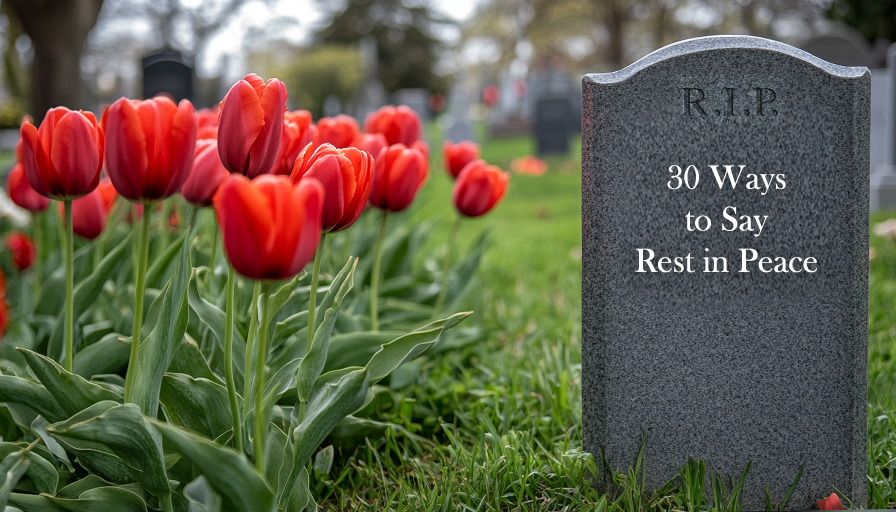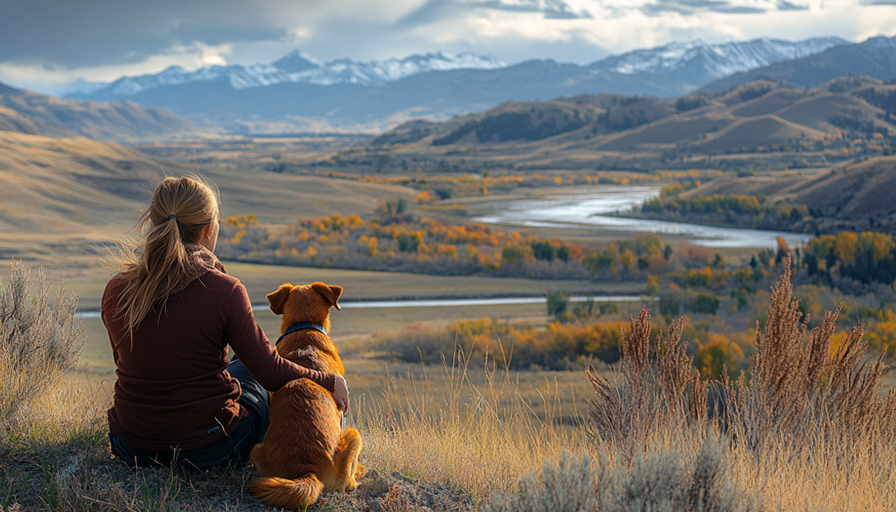How Does a Scattering Tube Work?
The use of scattering tubes is becoming increasingly popular for scattering ashes after cremation. These tubes offer a respectful and controlled way to spread a loved one’s ashes, helping families say goodbye in a meaningful and dignified manner. But what exactly is a scattering tube, and how does it work? In this blog, we’ll explain how to use a scattering tube and the benefits it offers.
What is a Scattering Tube?
A scattering tube is a cylindrical urn designed specifically for the controlled release of ashes. Typically made from biodegradable materials like cardboard, bamboo, or paper pulp, these tubes allow for an environmentally friendly option. Some are made from metal or plastic and are often reusable, particularly in crematorium settings. Scattering tubes ensure the ashes are evenly distributed, creating a symbolic and memorable moment for loved ones.
Why Use a Scattering Tube?
Scattering ashes without assistance can be tricky, especially in windy or uneven locations. A scattering tube minimises the risk of mishaps, such as ashes being blown back, and allows for a more controlled, symbolic release. It also lends a ceremonial feel to the process, creating a more respectful and reflective atmosphere.
The Parts of a Scattering Tube
Most scattering tubes consist of the following components:
- Cylindrical container: where the ashes are stored.
- Lid: a secure top to prevent the ashes from spilling prematurely.
- Small opening or spout: a small aperture at the top for controlled scattering of the ashes.
- Biodegradable materials: many tubes are made from eco-friendly materials that break down naturally in the environment.
How to Use a Scattering Tube – Step-by-Step Guide
Using a scattering tube is straightforward and gives family members full control over the scattering process. Here's a simple guide:
1. Preparation
 Choose a suitable location where scattering ashes is permitted, such as a park, beach, or woodland. Always follow local laws and regulations.
Choose a suitable location where scattering ashes is permitted, such as a park, beach, or woodland. Always follow local laws and regulations.
Ensure the scattering tube is sealed and in good condition. Check that the spout or opening functions properly.
Decide whether to scatter all the ashes or just a portion.
Tip! Read the article; What can I do with Ashes after Cremation in the UK? A Comprehensive Guide for more information.
2. Opening the Tube
 Gently remove or unscrew the lid of the tube.
Gently remove or unscrew the lid of the tube.
If the tube has a spout, open it to scatter the ashes gradually. In some models, the lid may need to be fully removed.
3. Scattering the Ashes
 Tilt the tube and gently move it from side to side while walking, allowing the ashes to release in small amounts.
Tilt the tube and gently move it from side to side while walking, allowing the ashes to release in small amounts.
Pay attention to the wind direction; always scatter with the wind to avoid ashes blowing back onto participants.
Pass the tube to family members or friends if they wish to participate in the scattering.
4. After the Scattering
 Once the scattering is complete, you can either take the tube home as a keepsake or leave it at the site if it is biodegradable and permitted by local regulations.
Once the scattering is complete, you can either take the tube home as a keepsake or leave it at the site if it is biodegradable and permitted by local regulations.
Some tubes are designed to naturally break down over time without causing harm to the environment.
Tips for a Meaningful Ash Scattering
- Choose a symbolic location: select a place that holds special significance for the deceased, such as a favourite walking trail, beach, or woodland.
- Mind the wind: always check the wind direction before you start to avoid any uncomfortable situations.
- Make it a ceremony: many families choose to say a few words, read a poem, or play music during the scattering, creating a heartfelt and memorable moment.
- Involve others: allow family and friends to take turns scattering the ashes. This offers everyone the opportunity for a personal farewell.
Frequently Asked Questions
Can I use a scattering tube anywhere?
No, in the UK, you cannot use a scattering tube just anywhere. You must seek permission if you wish to scatter ashes on private land. For public parks or commons, you should check with the local authorities or land managers, such as the National Trust. Scattering ashes at beaches or at sea is generally permitted, but avoid scattering near populated areas, and it's recommended to inform the Environment Agency when scattering in inland waters. Always ensure you follow local regulations and respect the environment when choosing a location.
How much ash can a scattering tube hold?
The capacity of scattering tubes varies, but most are large enough to hold the ashes of an adult. Some families choose to scatter only a portion of the ashes and keep the remainder.
Can I make my own scattering tube?
While it’s possible, it's recommended to use a purpose-made scattering tube designed for a dignified and eco-friendly scattering.
How much ash can a scattering tube hold?
The capacity of scattering tubes varies, but most are large enough to hold the ashes of an adult. Some families choose to scatter only a portion of the ashes and keep the remainder.
Can I make my own scattering tube?
While it’s possible, it's recommended to use a purpose-made scattering tube designed for a dignified and eco-friendly scattering.
How to get Local Permission to scatter ashes in the UK?
To get local permission to scatter ashes in the UK, follow these steps:
- Private Land: contact the landowner directly (e.g., if it’s a private estate, farm, or garden) and ask for their consent. Ensure you explain the significance of the request.
- Public Parks or Commons: reach out to the local authority or the organization that manages the land, such as the National Trust or local councils. You may need to submit a formal request or follow specific guidelines.
- Cemeteries or Churchyards: permission is often needed from the church or cemetery’s governing body. For churchyards, contact the local diocese for approval.
- Beaches or Coastal Areas: while generally allowed, it’s good practice to check with the local council or environmental agencies for any restrictions.
Always ensure you respect the wishes of the landowner or managing authority and follow any guidelines they provide. Tip: read more about Scattering Ashes and The Law.
What are the Environmental Considerations of scattering Ashes in the UK?
When scattering ashes in the UK, there are several environmental considerations to keep in mind to ensure the practice is respectful to nature and complies with local regulations:
1. Biodegradable Containers
It’s important to use biodegradable scattering tubes or containers, especially in natural or environmentally sensitive areas. Non-biodegradable materials, such as metal or plastic, can harm the environment if left behind.
2. Avoid Water Pollution
If scattering ashes in water (rivers, lakes, or the sea), ensure the ashes are not released near drinking water sources, marinas, or piers. Inform the Environment Agency before scattering ashes in inland waters to avoid contamination or disruption to ecosystems.
3. Respect Nature and Wildlife
Avoid scattering ashes in protected wildlife areas or near plants that could be affected by the high mineral content of cremated remains. Stick to designated spots, particularly in national parks or conservation areas.
4. Wind and Weather Conditions
Consider wind direction and strength to avoid ashes blowing back onto people or delicate ecosystems. Scatter them carefully, ensuring they disperse evenly without leaving a lasting environmental impact.
5. Local Guidelines
Check for specific local environmental guidelines when scattering ashes in places like national parks, public gardens, or woodland areas. These spaces often have rules to prevent excessive ash deposits that could affect soil and plant health.
By following these considerations, you help protect the environment while honoring your loved one.
How can I scatter ashes on cemeteries or churchyards?
Scattering ashes in cemeteries or churchyards in the UK typically requires following specific steps to ensure the process is respectful and complies with religious or local regulations. Here's how to do it:
1. Seek Permission
Cemeteries: Contact the cemetery office or management authority for permission. They may have designated areas for ash scattering or specific rules about how and where it can be done.
Churchyards: If you wish to scatter ashes in a churchyard, you will need permission from the church or the local diocese. Some churchyards may have restrictions based on religious beliefs or conservation concerns.
2. Follow Local or Religious Guidelines
In many Christian churchyards, scattering ashes may be discouraged, as some denominations prefer ashes to be buried in a specific area.
Cemetery management may have guidelines on where and how ashes can be scattered, often limiting the location to specific areas to preserve the sanctity and aesthetics of the grounds.
3. Respect the Location
Be mindful of the surrounding environment, especially if there are existing graves. Ensure the scattering is done in a respectful, discreet manner without disrupting the area.
4. Plan a Simple Ceremony
Some families choose to conduct a small, private ceremony. This can involve prayers, readings, or sharing memories during the scattering process to make it more personal and meaningful.
5. Use Biodegradable Containers
When scattering in cemeteries or churchyards, it’s respectful to use a biodegradable urn or scattering tube to align with environmental best practices and religious considerations, if applicable.
By securing the proper permissions and following the guidelines of the cemetery or churchyard, you can ensure that the scattering is done respectfully and appropriately.
What are the local legislations about scattering ashes at Beaches or Coastal Areas?
In the UK, scattering ashes at beaches or coastal areas is generally permitted, but there are important local regulations and environmental considerations to follow:
1. Local Council Regulations
Before scattering ashes on a public beach, it's advisable to contact the local council to check for any specific restrictions or permissions required. While there are usually no legal barriers, some councils may have guidelines regarding timing and locations to avoid public interference.
2. Respect Public Spaces
Choose a quiet time or a less frequented part of the beach to ensure privacy and avoid disturbing others. Public beaches can be busy, so it’s respectful to scatter ashes away from populated areas, such as piers or promenades.
3. Environmental Considerations
Ashes scattered in coastal areas should not cause harm to the environment. The high mineral content of ashes can affect sensitive ecosystems, so it’s best to avoid areas with vulnerable wildlife or protected habitats.
Scattering ashes directly into the sea is allowed, but you should ensure you are far enough from the shoreline, marinas, and areas where the water is used for drinking or fishing. The Environment Agency does not require permission for scattering ashes at sea, but it's recommended to follow best practices.
4. Use of Biodegradable Containers
If you plan to scatter ashes using a container, ensure it is biodegradable, especially when leaving it behind in a coastal or marine environment. Non-biodegradable urns should not be left in the water or on the beach.
5. Wind and Weather
Be mindful of weather conditions, especially wind direction, to avoid ashes blowing back towards people or sensitive environments.
6. Private Beach Ownership
If the beach is privately owned, you will need to seek permission from the landowner before scattering ashes.
By respecting local guidelines and environmental sensitivities, you can scatter ashes at beaches or coastal areas in a respectful and considerate manner.
Final Thoughts
A scattering tube provides a respectful and controlled way to say goodbye to a loved one. By allowing for gradual scattering, it helps make the process more ceremonial and meaningful. When selecting a scattering tube, consider the location and regulations, and enrich the moment with personal touches like sharing memories or playing music. This way, scattering ashes becomes a comforting and memorable part of the grieving process.
If you have any questions or need further assistance, feel free to contact us via the contact form. We're here to help you every step of the way.
















